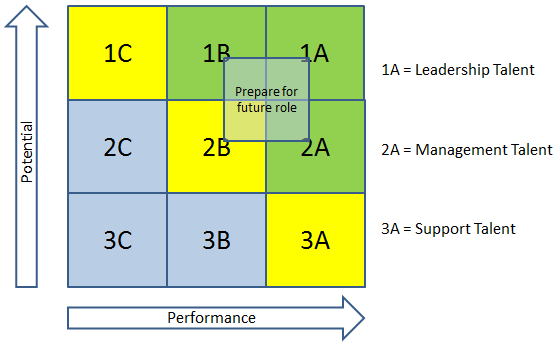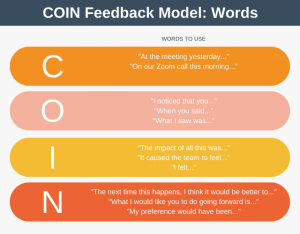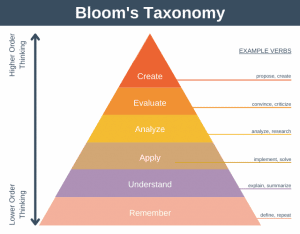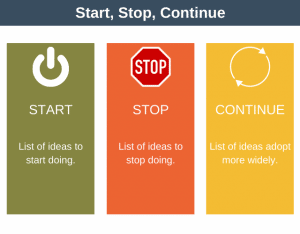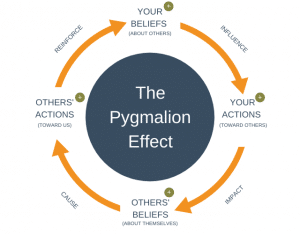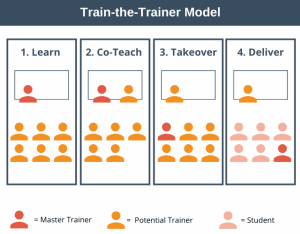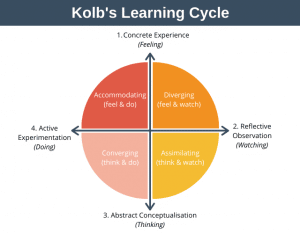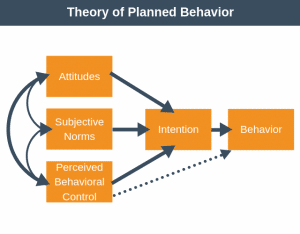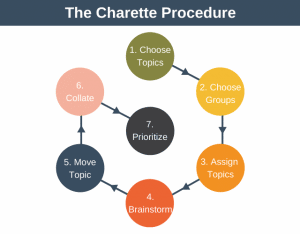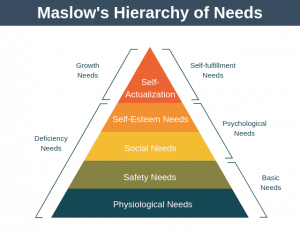If you are a senior leader or manage a large team, then the sheer number of people within the team can make it very difficult for you to discover the superstars. If this situation sounds familiar and you’d like to conduct some talent management then the performance and potential matrix, sometimes known as the 9-Box Model, is for you.
The Performance and Potential Matrix enables you to examine the entire talent pool of an organization for potential future leaders. In the example below you can see that the x-axis represents performance and the y-axis assess potential.
Advantages
There are a number of reasons why you should consider using the 9-Box Model, including:
- It is simple, easy to use, and effective.
- It provides a common language for assessing potential making it easier for the leadership team to discuss. It can also be a catalyst to get the leadership team talking about talent development.
- It facilitates a feeling of shared ownership of talent management as opposed to the individual feelings of single individuals.
- Robust debate amongst the leadership team increases the accuracy of the matrix and creates buy-in from all.
Using the Model
The first thing to do is to spend time to get your immediate reports to buy into the idea of using the model. You’d be surprised how reluctant people can be to rank the people in their organisation and share this information in a leadership team, which is why its important to get buy-in before you begin.
As part of this process you should agree a common way to measure the performance of each individual. Define as a team a leadership competency model to assess leadership potential, and determine how performance will be measured (perhaps against individual performance/bonus targets).
Once everyone has been added to the matrix then as a leadership team you need to have a meeting to go through everyone in the matrix and debate their position until there is consensus on all positions. One thing I’ve noticed from using this model is that when it comes to 1A superstars there is usually very little debate, but below this level the conversations get interesting.
It will come as no surprise that the focus for leadership development should be your high-performance superstars, those in boxes 1A, 1B, and 2A.
What does each Box Mean?
1A: Outstanding Performance / High Potential
This individual is a high performer with high potential. The individual has been given additional challenges and achieved excellent results. The individual is ready to broaden the scope of their work. Development ideas for 1A’s: give them stretch targets, switch to a new job in a different functional unit, or perhaps give them ownership of a new start-up idea. Also consider finding them a mentor or provide access to ‘privileged’ training.
1B: Good Performance / High Potential
This individual has put in a good performance and has high potential. They are a strong performer who meets the the expectations placed upon them. They should be ready to broaden the scope of their work in the next 12 months. Development ideas for 1B’s: the development ideas should be similar to that for 1A’s, but additionally pay attention to competency gaps in their current role so they can move to 1A in the next assessment.
1C: Poor Performance / High Potential
The individual is not meeting the targets in their current role, however, they have a high potential. It could be that they would be better suited to a different role, or perhaps they just need increased supervision and guidance in their current role. Development ideas for 1C’s: if the person has the potential but isn’t performing then you need to identify the cause of the poor performance and build together an action plan to rectify the problem. This frequently includes moving the person to another role if they are not a good fit for their current role.
2A: Outstanding Performance / Moderate Potential
The individual is exceeding targets in their current role, however, their line manager is unsure they would be able to handle increased responsibility or complexity. Perhaps more training and monitoring is needed over the coming months before determining if they are ready to step up a level. Development ideas for 2A’s: this should be similar to 1A’s, however, take time to assess their ability to progress. One way to do this over the medium term is to assign a mentor who can both develop them and gauge their readiness to advance.
2B: Good Performance / Moderate Potential
The individual is currently meeting the targets required of them but may not be either willing or able to take on more responsibility or complexity. This individual may be putting in a solid performance, but they may be missing communication skills, or strategic alignment, or may simply just be happy where they are. Development ideas for 2B’s: people in this category often make good solid team members and you can typically leave them in their current position, but do from time to time offer stretch assignments to test their desire to advance.
2C: Poor Performance / Moderate Potential
Individuals in this box may not have been doing their current role long enough to be meeting expectations, or may have been doing it too long, such that things have moved on around them. Development ideas for 2C’s: as this category is typically used for people too new to a role to rate it can often be useful to assign a same-level peer to act as a mentor for this person.
3A: Outstanding Performance / Limited Potential
It is quite common for individuals in this category to have fantastic technical skills, but display limited aptitude or desire for leadership. Another characteristic of individuals in this category is that although they perform above expectations, and they understand the organizational values, they have difficulty implementing them into their work day to day. Development ideas for 3A’s: provide recognition through rewards for the current job they are doing, allow them to broaden the scope of their current role. Consider asking them to mentor others. Be honest and open yet sensitive about their potential for advancement.
3B: Good Performance / Limited Potential
This person is putting in a solid performance, however, it is felt that at this time this person would be unable to handle additional complexity or responsibilities. Development ideas for 3B’s: Again you need to be honest about potential, but use some form of training to help them increase their performance.
3C: Poor Performance / Limited Potential
This individual is not meeting their current targets. Additionally, there are concerns that this person may not be able to handle the complexity the role requires. Development ideas for 3C’s: use a performance management approach rather than a career development approach to manage their poor performance.
